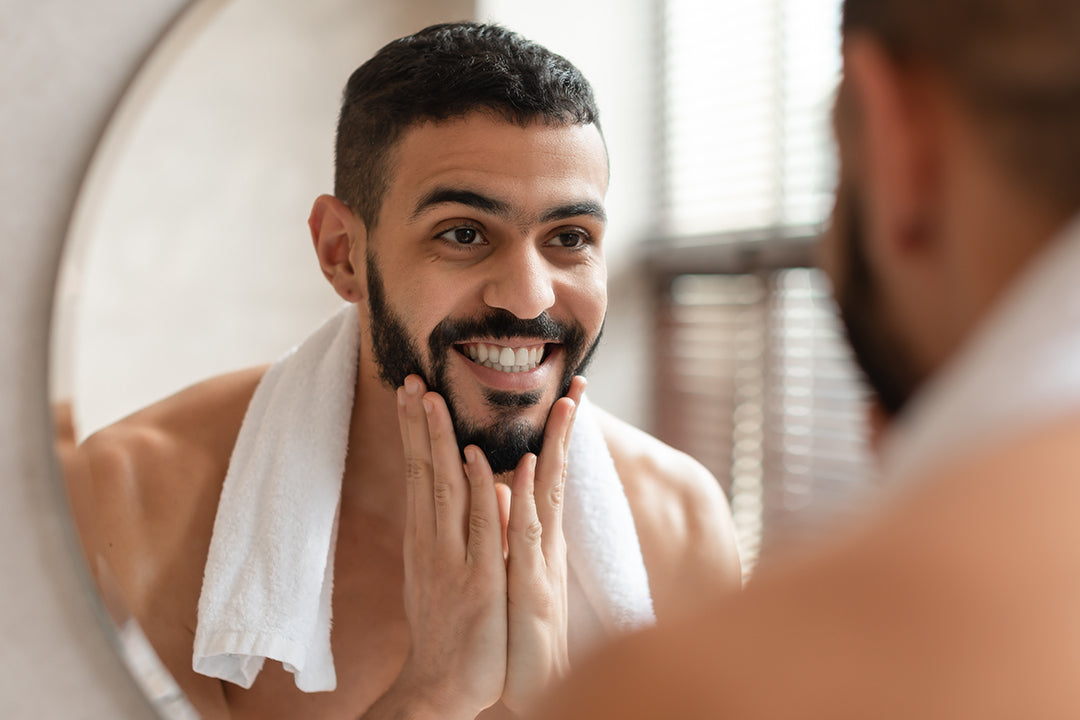Chemical peels can be a game-changer for your skin, offering benefits like improved texture, reduced fine lines, and a brighter, more even complexion. However, to get the most out of your peel and ensure a smooth recovery, it’s essential to follow a proper pre- and post-peel skincare routine. In this post, we’ll guide you through how to prepare your skin before the treatment and how to care for it afterward to achieve the best possible results.
Understanding Chemical Peels
A chemical peel involves the application of a solution to the skin that exfoliates the outer layers, allowing new, healthier skin to emerge. Peels can vary in strength—from light, superficial peels to deeper, more intensive treatments—and are used to target issues like acne, hyperpigmentation, fine lines, and uneven texture. Regardless of the type of peel, proper preparation and aftercare are crucial for optimal outcomes.
Pre-Peel Care: Preparing Your Skin
Properly preparing your skin before a chemical peel can help minimize side effects and improve the results of your treatment. Here’s what you should do in the weeks leading up to your peel:
- Avoid Exfoliation and Retinoids:
- Why: Exfoliating products and retinoids can make your skin more sensitive and prone to irritation. Stop using these products at least 5-7 days before your peel.
- QRxLabs Recommendation: If you’re using the 5% Niacinamide + Retinol Serum or the Glycolic Acid/AHA 15% Renewal Serum, pause usage at least a week before your scheduled peel.
- Hydrate Your Skin:
- Why: Well-hydrated skin is better equipped to handle a peel and recover quickly. Incorporate hydrating serums and moisturizers into your routine to ensure your skin is adequately hydrated.
- QRxLabs Recommendation: Use the Squalane HA+ Moisturizing Cream daily to keep your skin hydrated and balanced.
- Use a Gentle Cleanser:
- Why: Switch to a mild, non-irritating cleanser to avoid disrupting your skin barrier. A gentle cleanser will cleanse your skin without stripping away essential oils or causing irritation.
- QRxLabs Recommendation: The Deep Facial Cleansing Oil is a great option for gentle cleansing without over-drying the skin.
- Avoid Sun Exposure:
- Why: Sun exposure can increase the risk of hyperpigmentation post-peel. Limit your time in the sun, wear protective clothing, and use a broad-spectrum sunscreen with at least SPF 30.
- QRxLabs Recommendation: Apply sunscreen daily, even when indoors, to protect your skin from UV damage.
- Do a Patch Test:
- Why: If you’re using a new product, do a patch test at least 48 hours before your peel to ensure you don’t have a negative reaction.
- QRxLabs Tip: Apply a small amount of the product to your inner arm or behind your ear and monitor for any signs of irritation.
Post-Peel Care: Helping Your Skin Heal
After a chemical peel, your skin will be more sensitive and require extra care to heal properly and reveal the best results. Follow these post-peel care tips to support your skin’s recovery:
- Keep Your Skin Hydrated:
- Why: Peels can leave your skin feeling dry and tight. Hydrate your skin with gentle, non-irritating moisturizers to restore moisture and promote healing.
- QRxLabs Recommendation: Continue using the Squalane HA+ Moisturizing Cream to lock in hydration and soothe your skin.
- Avoid Sun Exposure:
- Why: Your skin will be more vulnerable to sun damage after a peel, increasing the risk of hyperpigmentation. Stay out of direct sunlight and wear a broad-spectrum sunscreen with at least SPF 30 daily.
- QRxLabs Tip: Reapply sunscreen every two hours if you’re outdoors for extended periods.
- Don’t Pick or Peel:
- Why: It’s natural for your skin to flake or peel after a treatment, but avoid picking at your skin, as this can lead to scarring or infection.
- QRxLabs Tip: Use a gentle, hydrating mist to relieve any itchiness or dryness without disrupting the healing process.
- Avoid Exfoliants and Retinoids:
- Why: Your skin will be more sensitive after a peel, so avoid using any exfoliating products, retinoids, or harsh treatments for at least one week post-peel.
- QRxLabs Tip: Gradually reintroduce these products into your routine after your skin has fully healed.
- Use Soothing Ingredients:
- Why: Ingredients like aloe vera, chamomile, and niacinamide can help soothe irritation and reduce redness after a peel.
- QRxLabs Recommendation: Apply the Peptide Complex Serum to calm and support your skin’s recovery.
- Stay Hydrated and Eat a Balanced Diet:
- Why: Staying hydrated and eating nutrient-rich foods can support your skin’s healing process from the inside out. Drink plenty of water and consume foods rich in antioxidants and vitamins.
How Long Does Recovery Take?
Recovery time can vary depending on the strength of the peel. Light peels typically have minimal downtime, with slight redness and flaking that resolve within a few days. Medium peels may cause more significant peeling and require up to a week for full recovery. Deep peels can take several weeks to heal completely. Always follow your skincare professional’s advice for aftercare based on the type of peel you receive.
Proper pre- and post-peel care is essential for achieving the best results from your chemical peel treatment. By preparing your skin before the procedure and following a gentle, supportive skincare routine afterward, you can maximize the benefits of your peel while minimizing potential side effects. Explore QRxLabs’ range of gentle, effective products to support your skin before and after a chemical peel, and enjoy the radiant, rejuvenated complexion you’ve been looking for.





